Brassicas are a genus of plants in the cabbage and mustard family. These plants typically thrive in cooler conditions and tolerate conditions others can't. If you're looking to put brassicas in your garden, you're probably wondering if they're tolerant against other conditions. After doing thorough research, we can tell you if brassicas are tolerant of shade, drought, and frost!
Many brassicas are tolerant of light shade, slight drought, and slight frost conditions. Younger plants are less adaptable to harsher conditions. You should take care to protect them from cold and ensure that the ground stays moist until they are more established.
Despite being a large genus, you can plant most brassicas in the garden even if you expect to have freezing or dry conditions. Keep reading to learn more about how to plant brassicas, other cold-tolerant plants, and more!
Brassica Growing Conditions
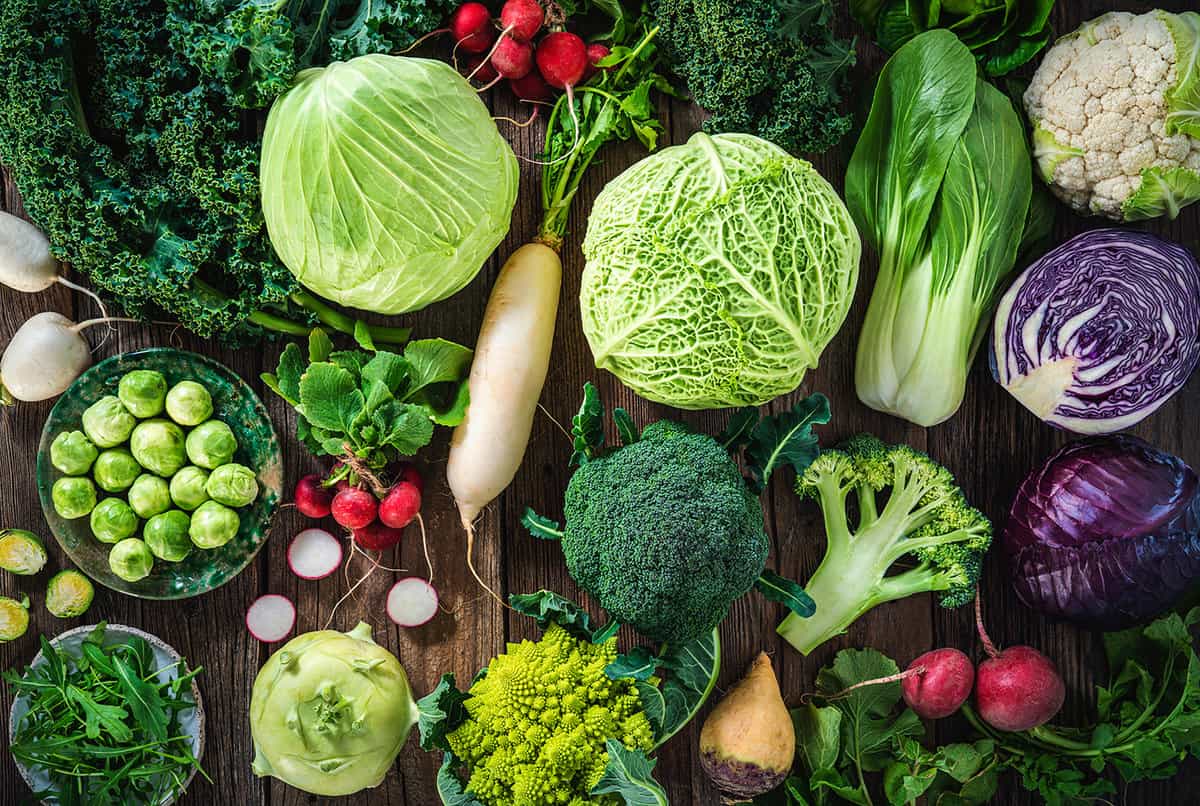
Brassicas include many different plants, so it's essential to check the growing conditions for the one you want to plant. Despite the variety, you should be able to grow them successfully in many different conditions throughout the United States.
The exact light requirements will vary depending on your hardiness zone and the type of plant. You should typically plant brassicas in places that get at least six hours of sunlight each day.
Your plants may do well with more shade if you live in a warmer region or are planted during the summer for a fall harvest. In addition, many brassicas in the mustard family and certain types of broccoli can tolerate more shade.
Established brassicas should get around an inch of water each week. Older plants can tolerate more or less water, and younger plants need more consistent moisture.
Keep in mind that less-than-ideal water conditions can affect how your vegetables taste. Water stress can also make your plants more susceptible to damage from other stressors, like frost or pests.
Brassica Temperature Tolerance
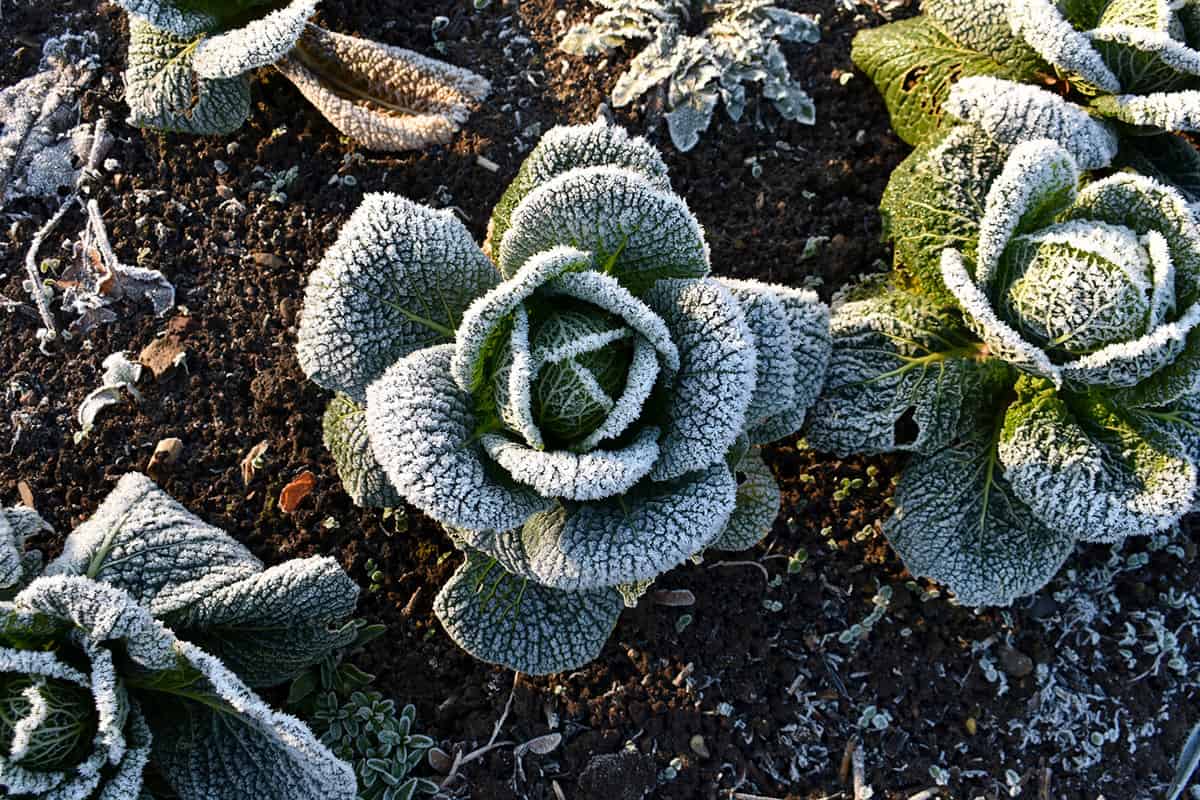
Brassicas are cool-season vegetables, and most can handle some light frost. Turnips and bok choy are hardy to USDA Zone 2a, which can have winter temperatures as low as -50 degrees Fahrenheit. Broccoli is only hardy to USDA Zone 6 and temperatures as low as -10 degrees Fahrenheit.
Unfortunately, you can't begin planting in these extreme temperatures and successfully grow brassicas. Most brassica seeds germinate faster when the soil is around 75 degrees Fahrenheit. They still do pretty well when the soil temperature is below 60 degrees Fahrenheit.
Plants don't begin to tolerate frost until they become more established. Once brassicas mature, they can typically withstand light frosts or temperatures between 28 and 33 degrees Fahrenheit without protection.
You may need to cover younger plants to protect them from these frosts. If you expect temperatures to go below 28 degrees Fahrenheit for more than a few hours, you may want to protect your older plants from frost as well.
Protecting Plants From Frost
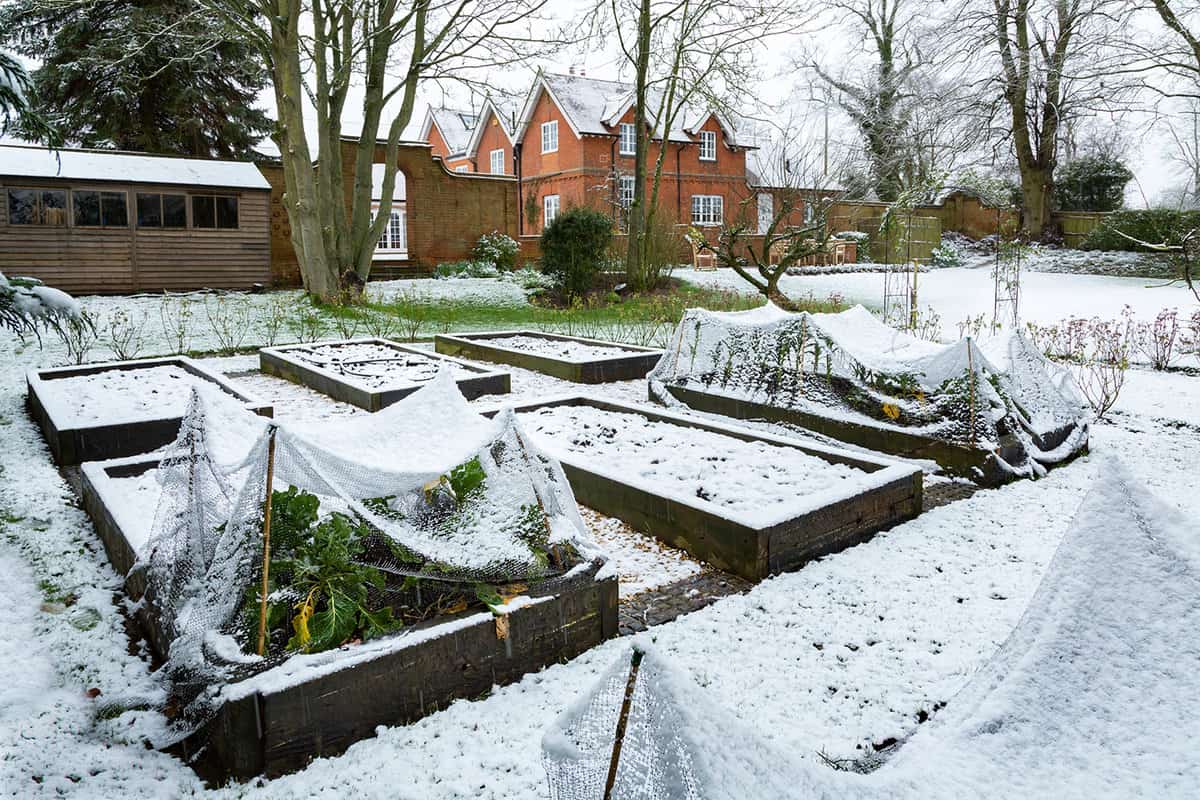
Young brassicas will benefit from being covered during sudden cold snaps. To do this, you'll need stakes, old blankets, sheets, and mulch. You can also use plastic containers or bags to cover your plants.
The most important thing to remember when covering plants is to protect them all the way down to the soil. If you don't completely enclose the plant, then heat will still be able to escape.
The best way to protect brassica from frost is to place stakes to support the coverings. Then, gently drape your blankets or tarps over the plants. Use something heavy, like bricks, to hold the ends of the cover down.
You'll need to cover plants in the late afternoon or early evening. You want to protect the plants before it gets too cold; otherwise, there won't be any heat left to help the plants throughout the night.
You should uncover plants by the following afternoon. Keeping plants covered when it's too warm can cause them to overheat.
Another thing that can help protect plants from frost is to water them before the expected cold snap. Watering plants beforehand will help the soil stay warmer for longer despite the cold. Make sure that you don't water if the ground is already frozen or if temperatures are already below 40 degrees Fahrenheit.
Want to know what other plants benefit from covering? Check out What Vegetables Need Row Covers?
Take a look at these winter plant coverings on Amazon.
Check out these garden hoops on Amazon.
When Should You Plant Brassicas?
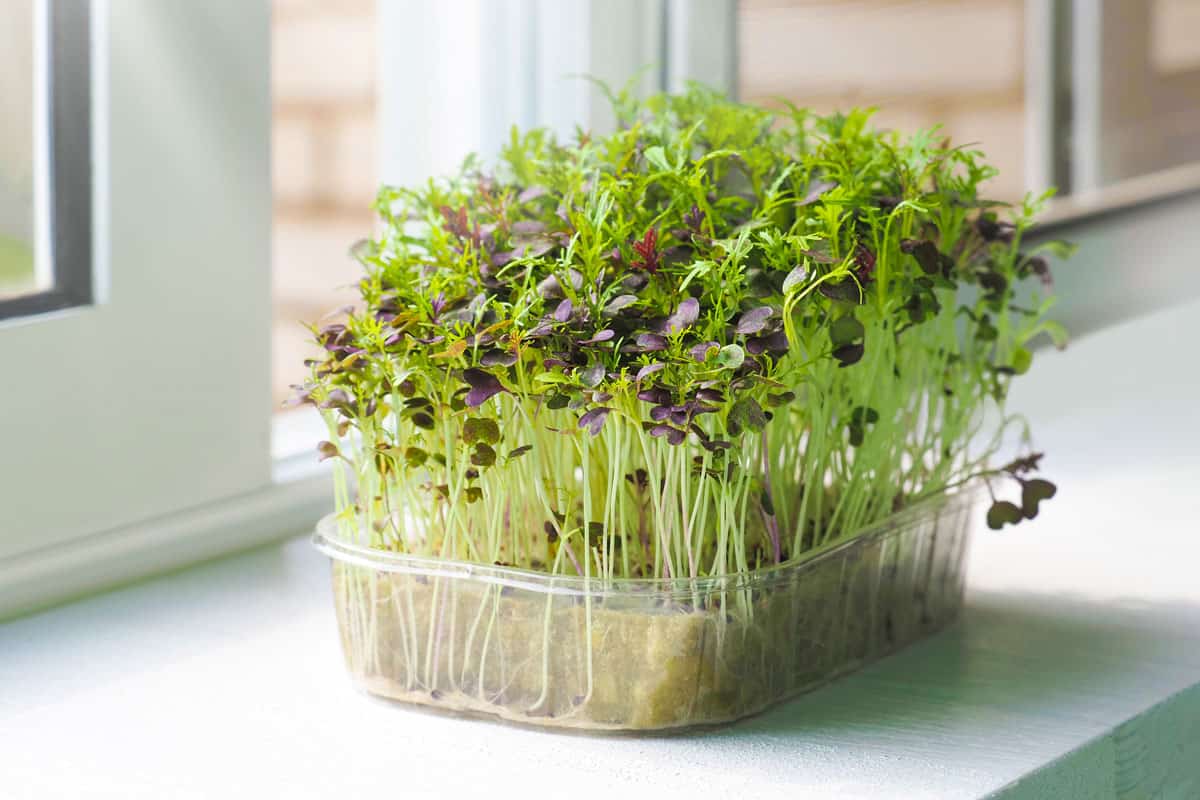
Timing is crucial for brassicas. You can grow them either in the spring or fall, but you'll want to make sure the temperatures are in the correct range.
For spring plantings, you may want to look for spring or summer variety brassicas. You can begin these plants inside around two months before the last spring frost. You can also plant outdoors a couple of weeks before the last spring frost.
For fall plantings, you should begin plants outdoors approximately two months before the first fall frost. Remember that specific timing will vary depending on the type of brassica you're planting.
For example, rutabaga can take up to four months to fully mature. Turnips, on the other hand, can be ready to pick in as little as four weeks.
Curious about more brassica planting tips? Check out this article: Can You Plant Brassicas Two Years In A Row?
What Are Good Companion Plants For Brassicas?
You should take into consideration a plant's water, sunlight, and soil requirements before planting them together.
As a rule of thumb, brassicas typically do well next to other brassicas. Beets can also be a good companion. The flowering plant nasturtiums are perfect for attracting caterpillars and keeping them away from your brassicas.
Another great option is mint. The pungent aroma it has is an excellent deterrent for cabbage moths. However, mint can easily take over your garden. So, it may be best to use mint cuttings or keep them in a container near your vegetables.
What Are Bad Companion Plants For Brassicas?
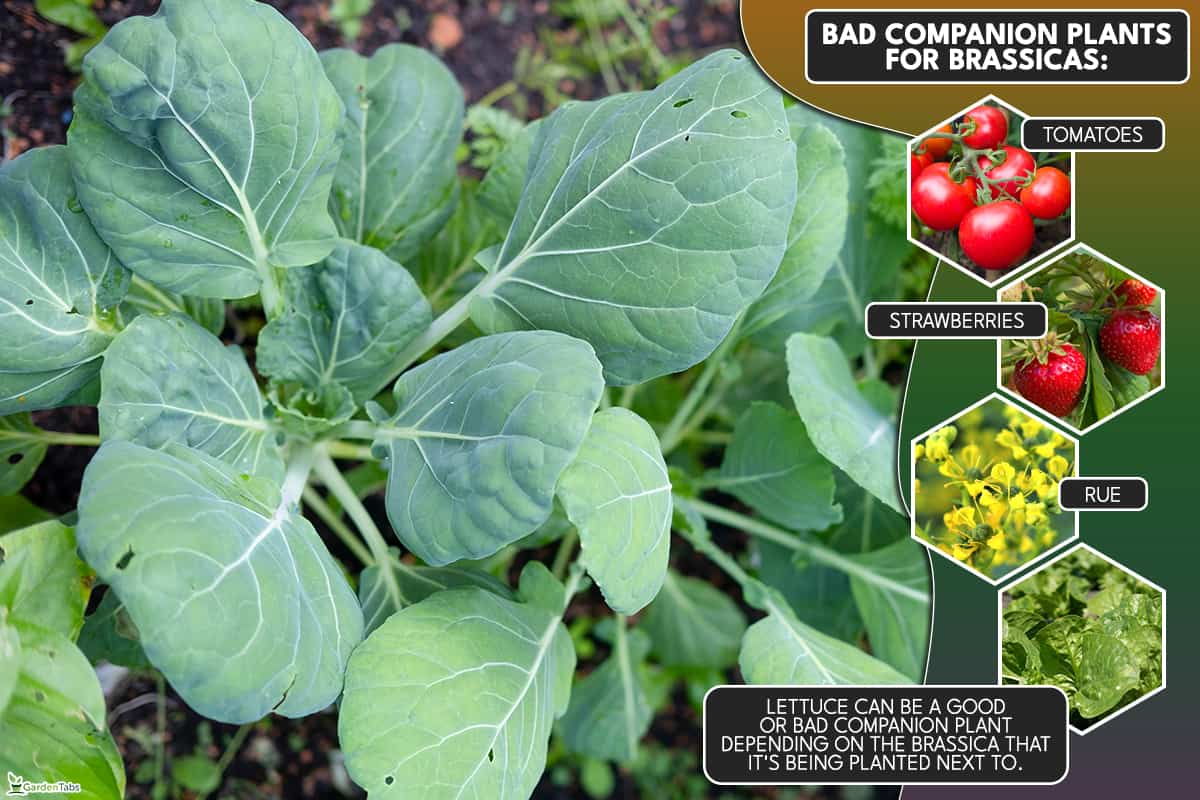
It's typically agreed that brassicas don't do well next to tomatoes, strawberries, and rue. Lettuce can be a good or bad companion plant depending on the brassica that it's being planted next to.
When deciding what plants not to put together, you should consider what nutrients the plants need and how much space they require. If two plants have to compete for nutrients, space, and sunlight, then only one will grow successfully.
Another thing to consider is what pests will be attracted to the plants. Try to avoid grouping plants that have problems with the same bugs. You should try to select ones that will detract from insects or otherwise benefit the nearby plants.
What Vegetables Are Shade, Drought, Or Frost Tolerant?
If you're looking for vegetables that can easily grow in difficult conditions, brassicas are the best option for frost-tolerant plants.
Some of the most cold-hardy vegetables are in the brassica genus. Some of the more cold hardy brassicas include kale, cabbage, and turnips. Additional cold-hardy vegetables include winter peas, radishes, and rhubarb.
Finding vegetables that are resistant to shade can be more challenging. Sunlight is an essential part of growing vegetables.
For best results, you'll need a spot with at least six hours of sun. If your yard gets less sunlight than that, then you may have some success growing leafy vegetables such as lettuce and collards. You may also have some luck growing mustard plants.
You should provide vegetables with a consistent amount of moisture until they're established. After plants are mature enough, some vegetables can withstand slightly dry conditions.
However, it's important to note that water stress can stunt the plant's growth, change the flavor, or prevent the plant from flowering. Some vegetables that can withstand some dry conditions are peppers, swiss chard, and green peas.
If you're concerned about over- or under-watering your plants, you should buy a water gauge. Simple gauges will tell you how moist your soil is under the surface. There are also devices that can tell you the light, pH level, and more facts about the area you're testing.
Check out this four-in-one tester on Amazon.
In Closing
There are hundreds of plants in the brassica genus. Many species are capable of handling slightly dry, shaded, and frosty conditions. Keep in mind that younger plants are more susceptible to damage and may not survive harsher conditions.



